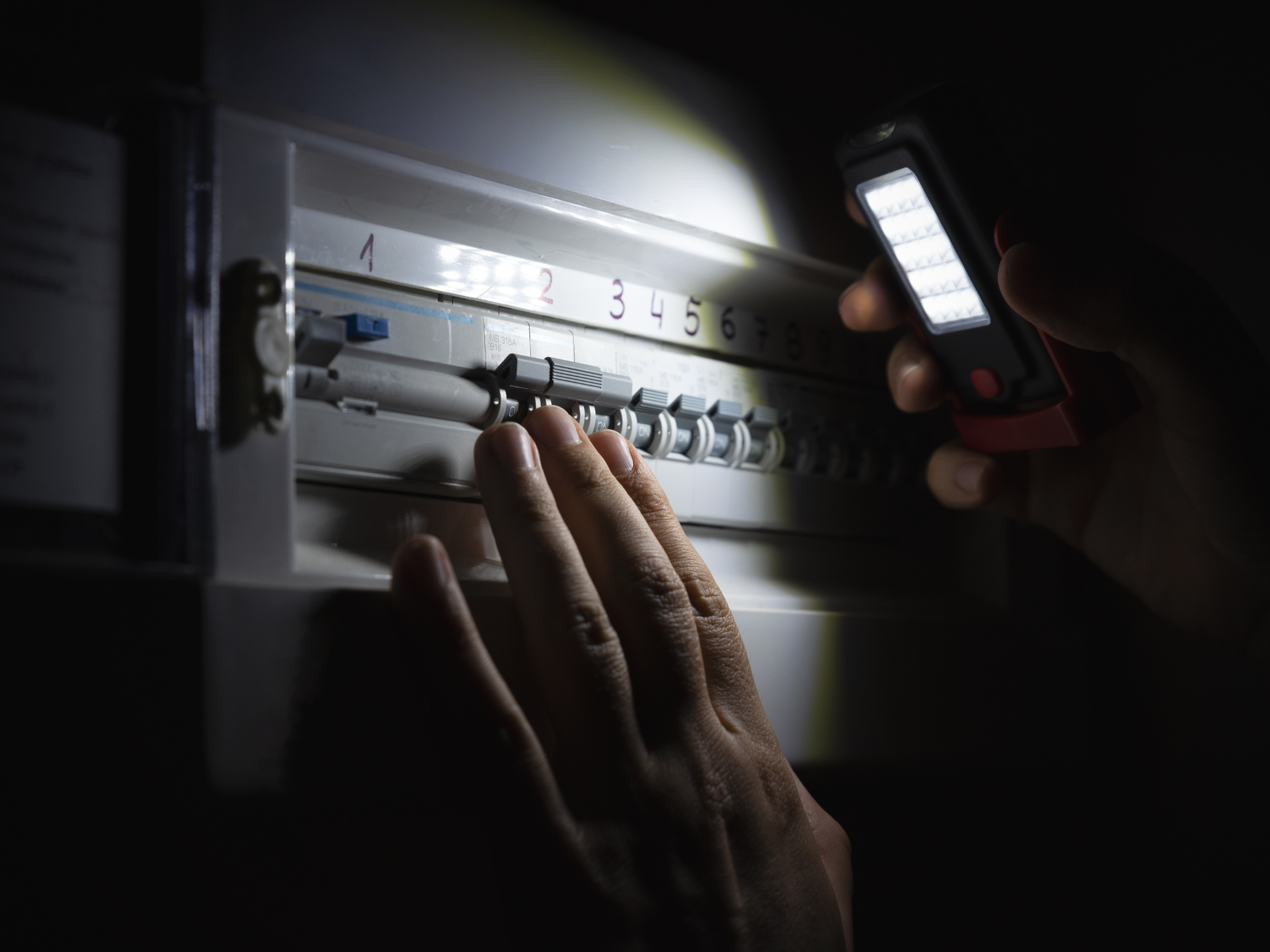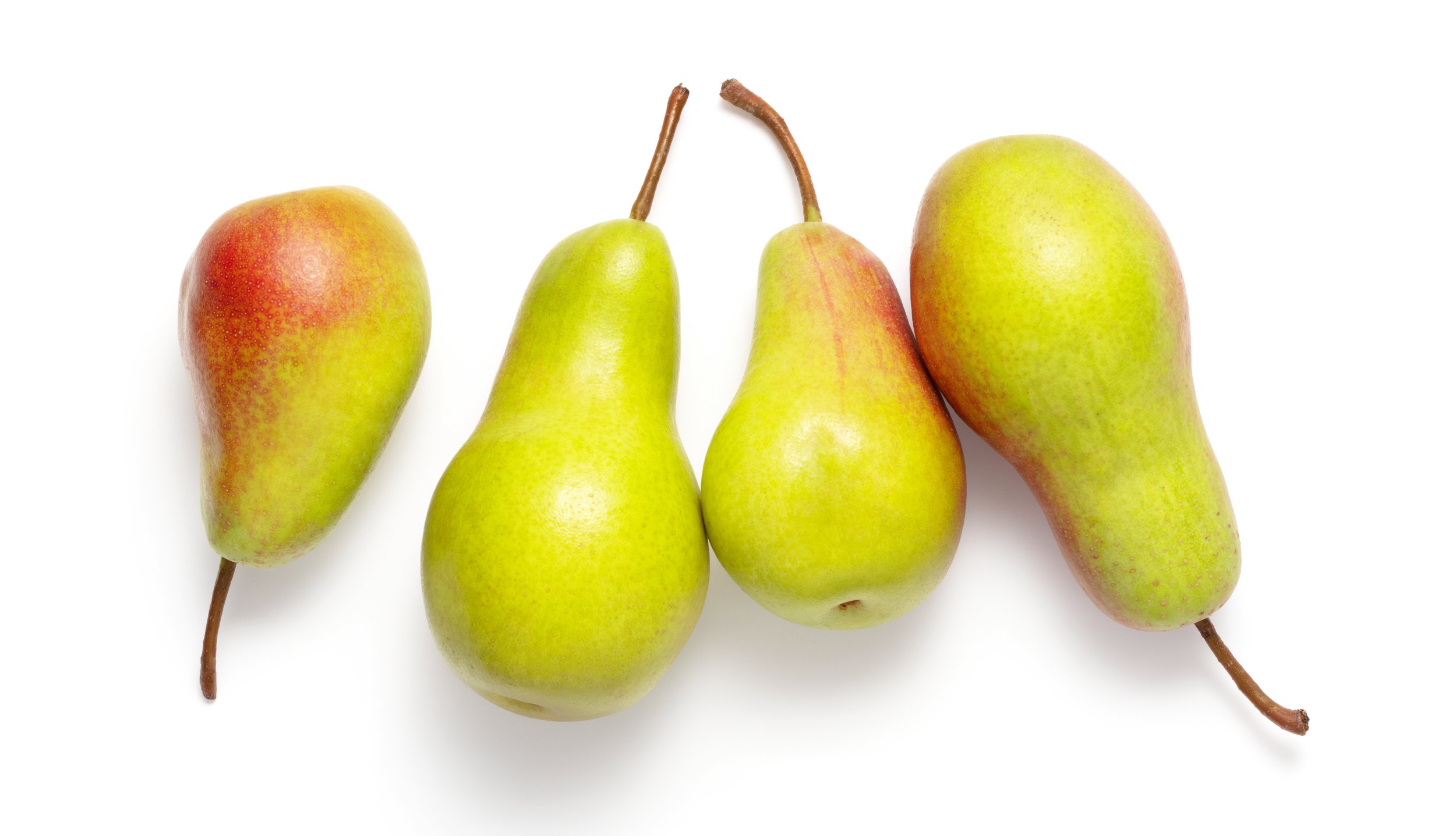Best Practices for Knife Sharpening
Languages: English
Media Editing: The video module(s) in this subject are editable under our Content Studio offering unless otherwise indicated. For more information about Content Studio, contact your CSM.
Description: When knives are dull, they require more pressure to use. This increases the chances of the knife slipping or the person losing control of the blade, which can lead to serious injury. That’s why it’s important that users learn and employ best practices for safely sharpening knife blades at work. In this subject, users learn how to tell if their knife is dull, what to do before they sharpen a knife, and the steps to take to sharpen the knife properly and safely.
Languages: English
Media Editing: The video module(s) in this subject are editable under our Content Studio offering unless otherwise indicated. For more information about Content Studio, contact your CSM.
Description: When knives are dull, they require more pressure to use. This increases the chances of the knife slipping or the person losing control of the blade, which can lead to serious injury. That’s why it’s important that users learn and employ best practices for safely sharpening knife blades at work. In this subject, users learn how to tell if their knife is dull, what to do before they sharpen a knife, and the steps to take to sharpen the knife properly and safely.
Languages: English
Media Editing: The video module(s) in this subject are editable under our Content Studio offering unless otherwise indicated. For more information about Content Studio, contact your CSM.
Description: When knives are dull, they require more pressure to use. This increases the chances of the knife slipping or the person losing control of the blade, which can lead to serious injury. That’s why it’s important that users learn and employ best practices for safely sharpening knife blades at work. In this subject, users learn how to tell if their knife is dull, what to do before they sharpen a knife, and the steps to take to sharpen the knife properly and safely.
Topics
Basic Knife Sharpening Principles
-
Sharpening knives can pose various safety risks in grocery and restaurant settings. In this topic, you’ll learn what precautions must be taken before sharpening knives, how to safely and effectively sharpen and hone knives, and what to do after a knife has been sharpened.
-
Questions (level 1, 2, 3)
Video module
-
This topic is currently available in English.
-
Before sharpening or honing a knife, put on personal protective equipment like cut-proof gloves. Never expose your fingers to the blade.
To check if a knife needs to be sharpened or honed, inspect its blade. Hold the blade up to the light to look for dull spots and to check for chips in the metal.
Check if a knife is sharp or dull by using the tomato test or the paper test. If a knife cannot easily cut through a tomato’s skin or a piece of paper, it should be sharpened or honed.
Use a honing rod to realign a knife blade it so it’s easier and safer to use. If a blade is dull, it should be sharpened, not honed.
When you’re using a honing rod, hold its handle with your non-dominant hand and rest the tip of it on a flat, non-slip surface. Then, hold the knife with your dominant hand and place the blade against the rod facing away from your body.
Once a knife is properly positioned on a honing rod, slide the blade down the rod on a 20-degree angle using light pressure. Repeat the process on the opposite side of the blade.
Before using a whetstone to sharpen a knife, submerge the stone in water for 5-10 minutes or according to the manufacturer’s instructions. This helps get rid of metal particles on the stone before sharpening.
Prepare a whetstone for use by placing it on a flat surface and align the knife’s blade at a 20-degree angle facing away from your body.
When you’re using a whetstone to sharpen a knife, start with the heel of the blade and slide it forward along the whetstone away from your body. When you reach the end of the stone, lift the blade, and start again, repeating this process three-to-six times on each side of the blade.
Once you’re done honing or sharpening a knife, wipe the blade with a damp sponge or dish towel to remove any steel shavings that are still on the knife.






